General description
Research area: cell-signaling
Lipase is a hydrolytic enzyme, found ubiquitously in nature. It belongs to the α/β-hydrolases fold family. Lipase structure contains amphipathic helical lid domain in the active site that helps in interfacial activation of protein.
Application
Lipases are used industrially for the resolution of chiral compounds and the transesterification production of biodiesel.
Lipase from Pseudomonas cepacian has been used to:
- catalyze the degradation of polycaprolactone scaffold
- catalyze the hydrolysis of Morita-Baylis-Hillman acetates during enzymatic kinetic resolution of racemic Morita-Baylis-Hillman adducts
- as a standard for the generation of a calibration curve to determine the activity of lipase produced by microorganisms isolated from sludge derived from an urban wastewater treatment plant for ethanol production.
Biochem/physiol Actions
Lipases catalyze the hydrolysis of carboxylic ester bonds in triacylglycerols to yield glycerol and free fatty acids. Tri-, di-, and monoglycerides are hydrolyzed (in decreasing order of rate). Triacylglycerol lipases specifically hydrolyze the outer links of triacylglycerols and operate exclusively on the water-lipid interface. Lipolytic products and intermediates formed during lipolysis are involved in various cell-signaling processes. Lipases have broad substrate specificity and high enantioselectivity. This property of lipase makes it a good catalyst in organic synthesis. Lipases play a vital role in fat digestion and metabolism.
Unit Definition
1 U corresponds to the amount of enzyme which liberates 1 μmol oleic acid per minute at pH 8.0 and 40 °C (triolein, Cat. No. 62314 as substrate)
Other Notes
Note: When triacetin is used as substrate, the pH is 7.4. Incubation time: 60 minutes.
Chemoenzymatic synthesis of (-)-carbocyclic 7-deazaoxetanocin G
Shipping Information:
Dry Ice Surcharge & Ice Pack Shipments: $40
More Information: https://cenmed.com/shipping-returns
- UPC:
- 12352204
- Condition:
- New
- Availability:
- 3-5 Days
- Weight:
- 1.00 Ounces
- HazmatClass:
- No
- MPN:
- 62309-500MG
- CAS:
- 9001-62-1
- Temperature Control Device:
- Yes












